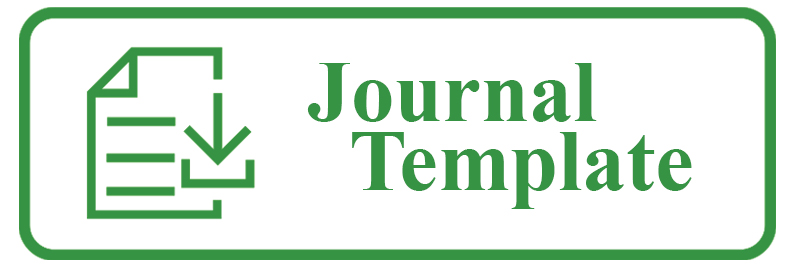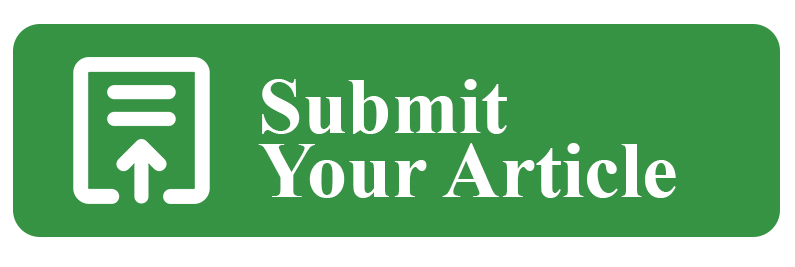Peer Review Process
Samalas Journal of Geoenvironmental employs a double-blind peer review process to ensure the quality, integrity, and objectivity of published research. This process ensures that both authors and reviewers remain anonymous throughout the evaluation, promoting unbiased and fair assessments.
1. Initial Screening
Upon submission, each manuscript undergoes an initial editorial screening to check for:
- Adherence to the journal’s scope and formatting guidelines
- Originality and plagiarism check (using plagiarism detection software)
- Compliance with ethical standards
Manuscripts that do not meet these criteria may be rejected or returned to the authors for revision before proceeding to the peer review stage.
2. Assignment to Reviewers
- Manuscripts passing the initial screening are assigned to at least two independent reviewers who are experts in the relevant field.
- Reviewers are selected based on their expertise, research experience, and absence of conflicts of interest.
- The review process typically takes 4 to 8 weeks, depending on reviewer availability and response times.
3. Double-Blind Review Process
During the double-blind review process:
- The authors' identities are not disclosed to the reviewers.
- The reviewers' identities are not disclosed to the authors.
- Reviewers evaluate the manuscript based on scientific merit, originality, methodology, clarity, and relevance to the journal’s scope.
4. Reviewer Recommendations
Reviewers provide constructive feedback and may recommend one of the following decisions:
- Accept – The manuscript is suitable for publication with minimal or no revisions.
- Minor Revisions – The manuscript requires small improvements, and authors must submit a revised version.
- Major Revisions – Significant modifications are needed before reconsideration.
- Reject – The manuscript does not meet the journal’s quality standards or is outside its scope.
5. Author Revisions
- If revisions are requested, authors must submit a revised manuscript within the given timeframe, along with a point-by-point response addressing the reviewers’ comments.
- The revised manuscript may be sent back to the original reviewers for reevaluation if major revisions were required.
6. Final Decision
- The Editor-in-Chief and editorial team review the revised submission and reviewers’ feedback before making a final publication decision.
- Authors are notified of the final decision, which can be Accepted, Further Revisions Needed, or Rejected.
7. Publication and Proofreading
- Accepted manuscripts undergo final proofreading and formatting.
- Authors receive proofs for final approval before publication.
- The article is published online with open access, ensuring global visibility.
8. Appeals and Complaints
- Authors may appeal a rejection by providing a detailed justification to the editorial office.
- Appeals are reviewed by the editorial board, but the final decision remains at the discretion of the Editor-in-Chief.
- Complaints regarding ethical concerns or conflicts of interest are handled in accordance with COPE guidelines.
The SJG peer review process is designed to maintain academic excellence, improve manuscript quality, and ensure a fair and transparent evaluation process for all submissions.





